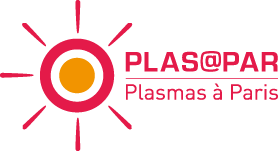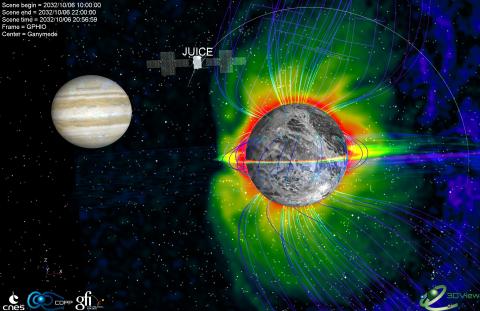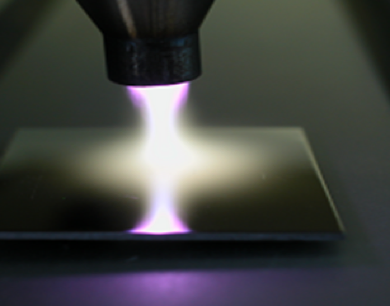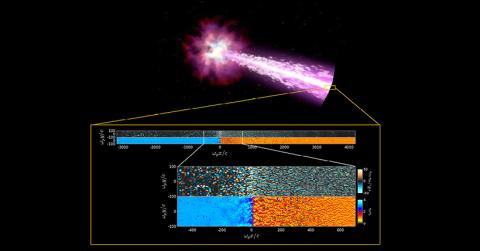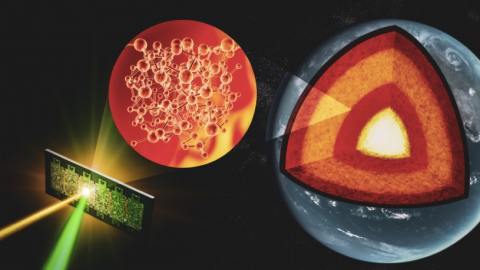
Who am I ? n°5
Meet a member of the PLAS@PAR Federation.
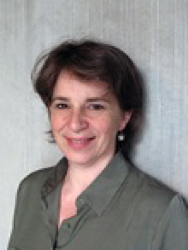
The riddle
- I am ... an experimenter.
- I'm studying ... particle-particle collisions.
- If I were a plasma, I would like to be ... an aurora.
- If plasmas were a work, it would be ... the ballet "Gravity" by Preljocaj. It's beautiful, light and heavy at the same time!
- If plasmas were one color, it would be ... a variety of shades of red.
- If plasmas were a sport, it would be ... an ... electric bike race! We go for it or we lift our foot… We adapt our speed.
The interview
Hi Emily Lamour, you are now unmasked! Can you tell us a little more about your background?
I studied at the University of Caen, which became Normandy University. My thesis carried out at CIRIL (GANIL, Caen) focused on the study of Rydberg states produced by interaction between fast ions and thin solids. After obtaining my thesis, I went to Germany for almost 2 years to work in the Atomic Physics department of the GSI accelerator. I trapped radioactive ions. Then, after a year as a temporary teaching and research associate at Pierre and Marie Curie University, I joined the Solid Physics Group in 2000, which became the INSP in 2005.
Can you say a little more about your current research in plasma physics?
Ion-ion collisions provide a unique scenario to test our knowledge of fundamental electronic processes such as capture, ionization, and excitation. Their study is also motivated by the fact that they are strongly correlated with the transfer of ionic energy in various types of plasma. Currently, we are developing an experimental platform to perform experiments with new large facilities such as CRYRING / FAIR / GSI1 and S3 / SPIRAL2 / GANIL2 capable of providing ion beams with kinetic energy of a few MeV / u (Mega-electron -Volt / atomic mass unit) of very high intensities and very high optical quality. The idea is to cross these beams with the ion beam of a few keV / u (Kilo-electron-Volt / atomic mass unit) coming from our platform in order to explore a collision regime difficult to investigate which is the one where the stopping power of ions in matter (cold or hot) reaches its maximum.
1https://www.gsi.de/work/forschung/appamml/atomphysik/anlagen_und_experimente/cryringesr.htm
2https://www.ganil-spiral2.eu/scientists/ganil-spiral-2-facilities/experimental-areas/s3/

Can you share with us the references of your latest publications?
- D. Schury et al., An electrostatic in-line charge-state purification system for multicharged ions in the kiloelectronvolt energy range; Review of Scientific Instruments 90, 083306 (2019). https://doi.org/10.1063/1.5093407
- F. Aumayr et al., Roadmap on photonic, electronic and atomic collision physics: III. Heavy particles: with zero to relativistic speeds - Chapter 3 - Collisions involving heavy projectiles; J. Phys. B: At. Mol. Opt. Phys. 52 171003 (2019). https://doi.org/10.1088/1361-6455/ab26ea
Can you tell us a little more about the teaching actions you lead?
I have been deputy director of the Master of Fundamental Physics and Applications for many years. At the same time, I teach quantum mechanics in L3 and M1 and I supervise bibliography projects also in M1.
What site(s) do you work on?
My team works at the Institut des NanoSciences de Paris on the Pierre and Marie Curie campus. We carry out experiments with our SIMPA platform (Source of Multicharged Ions of PAris) and also with GANIL or GSI accelerators, the SOLEIL synchrotron and on Laser installations. And yes, we do not only study ion-matter collisions, we are also interested in photon-matter interactions.
Can you explain to us the actions you take with the general public?
I take part in the Fête de la Science (not this year though!), pushed and motivated by my colleagues. They often have great ideas like the escape game EVAZ’IONS scripted by my colleague Christophe Prigent and which took place in the premises where our SIMPA platform is located. It was great and I hope we can do it again, the kids loved it.
If PLAS@PAR faces a challenge for the next 5 years, what do you think it is?
I hope that PLAS@PAR continues to promote the “PLASMAS” theme within our university and beyond. It is important to continue to encourage collaborations between teams and laboratories of the Federation but also those with external institutions. PLAS@PAR now has a certain notoriety. Its action with students is essential and must continue.
One last word ?
Can't wait for the end of this crisis to meet again.
Thank you very much Emily Lamour! Who's next ?
